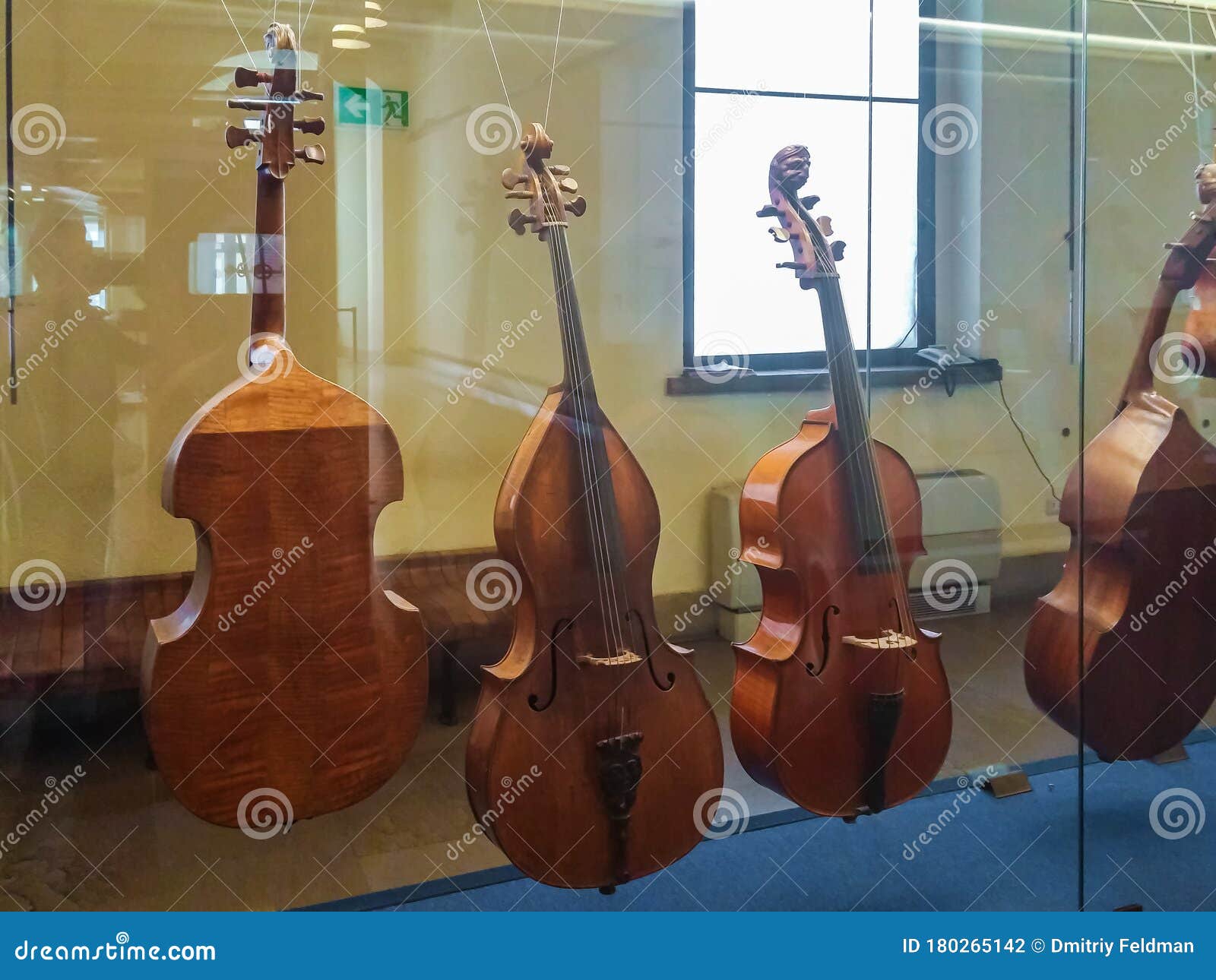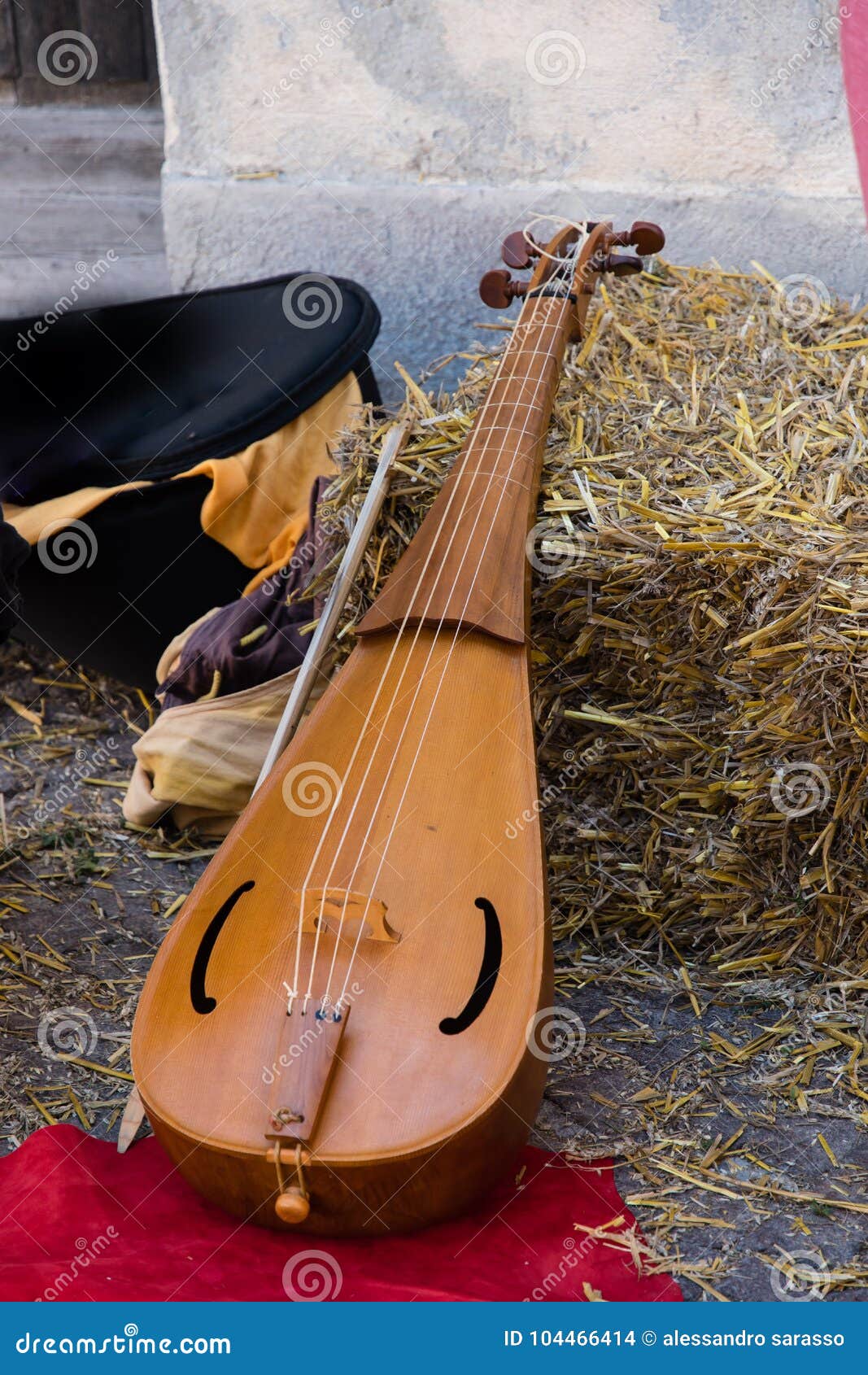

Rather than being plucked like some of the dulcimers we have today, the oldest dulcimers were called ‘hammer dulcimers’. The dulcimer was first developed in the late medieval ages.

You might have heard about these medieval string instruments already: Strings were a vital part of music in the middle ages. If you’d like to hear from a recorder player about more medieval music history, check out this video by Sarah. There were many other kinds of flutes and duct flutes (recorder-like instruments) that were used during this period. This instrument most likely spread across Greece and into parts of Europe during the early Medieval times.
Medieval stringed instrument series#
They’re made with a series of closed wooden tubes that gradually increase in length. The syrinx, or pan pipes, were played during this time period as well. In the early 18th century, it actually filled the space of the piccolo in the orchestra. It looks quite like a small, oddly-shaped oboe. Its name comes from the old French word for ‘pipe.' Unlike the recorder, this instrument has two back thumbholes, and often was made with an ivory mouthpiece. Recorders were primarily made of various types of wood, such as birch. While these are great learning tools, it’s definitely not what was around in the middle ages. When people think of recorders today, they often picture the inexpensive plastic instruments students might come home within Elementary school. Here’s a short list of common vertical flutes one would have found in this era: Side blown flutes and vertical flutes (such as recorders) were both around during this time period. These words originate from French, with the word ‘bas’ means low, and ‘haut’ means high. Let’s talk about the big three more in depth. Check out part of a recital, where French musician Pierre Hamon has created a Medieval-inspired piece for flute and tabor.Īs a general rule, most Medieval instruments were classified as either ‘bas’ or ‘haut’. Some performers even played the flute and a drum at the same time. The three main types of instruments that were played in this time period were strings, flutes, and drums. Luckily, we still know of the instruments themselves that were played in this era. Most of what historians do have on paper is vocal. The Medieval era took place from approximately 500-1400, literally hundreds of years of music! However, there is very little written music for these instruments that still remains. Keep reading to learn about a plethora of historical Medieval instruments! The Big Three There’s also a bit more information about the medieval lute and its construction.Hurdy gurdy, sackbut, serpent, Crumhorn! Am I even speaking English? Why yes, very old English indeed. This video includes one of my favourite medieval tunes: the Trotto. This was taken to extremes in the Renaissance with fifteen strings or more.Īgain, like other stringed instruments it was very quiet and suitable for playing indoors only. When there were more than five, they were strung in pairs. The lute could have anywhere between four and ten gut strings. As you’ll see in one of the videos, the player could form notes by pressing strings against the soundboard itself.

It usually had two intricately carved holes, one behind the bridge and one just beyond the reach of the player’s fingers at the bottom of the neck. The body was made from thin strips of wood glued together and the sound board was glued to the front. There were frets on the fingerboard, although there was some variety in the number of them. It could be played with a plectrum, or it could be plucked with the fingers. The strings were attached to tuning pegs, which were at an angle to the neck. Like the other stringed instruments we’ve seen, it had a body and a neck.


 0 kommentar(er)
0 kommentar(er)
